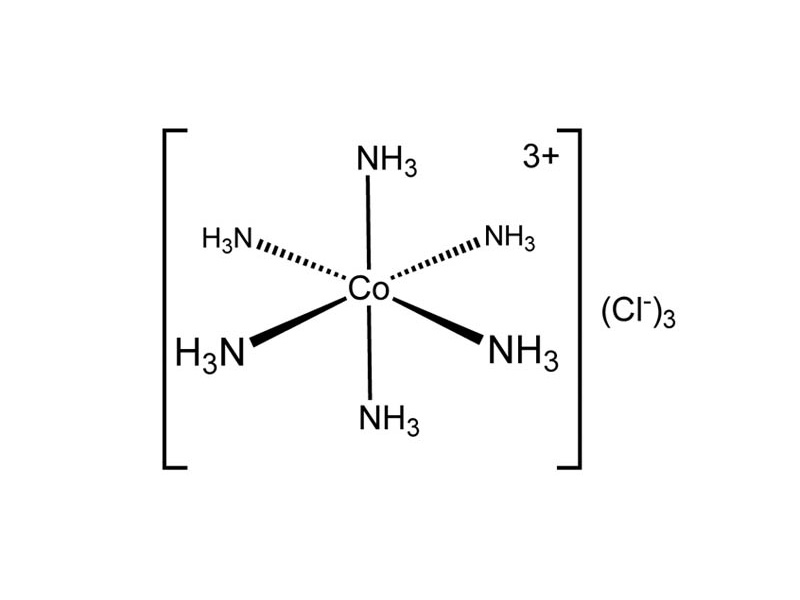Interdisciplinary Note (2 of 17)
Metal ion cofactors play a critical role in the enzymatic and non-enzymatic functions of many proteins. A basic understanding of coordination chemistry is a real figure of merit for the MCAT. For many students going into the test, the subject will have been understudied. From the perspective of AAMC, a structural figure with one or more metal ions bristling with amino acid side-chain and non-amino acid ligands makes an ideal punch in the face for a passage. It is a kind of understateed warning on their part that they have simply included the single line 'Complex Ions' in their MCAT topic outline.
A basic vocabulary for the subject, understanding the meaning of terms like ligand, bidentate, chelate, cordination number, a bit about complex ion stereochemistry, a bit of crystal field theory to understand why complexes are often colorful. Understanding the solution chemistry side of the topic, as well. Complex ion formation can be found in equilibrium with solution process for weak electrolytes. A little knowledge will go a long way to help you keep your footing when it comes up on the MCAT.
In the context of metalloproteins, which amino acid residues are most likely to be seen performing the role of ligands in complexes? Histidine is number one. This is a major aspect of the personality of histidine. Histidine loves to bind to metals. In fact, binding of histidine to metals is the basis of an important kind of affinity chromatography in which a poly-histidine tag on a protein allows for its isolation on nickel coated resin. One of the most important chemical bonds in biochemistry is the attachment between what is known as the 'proximal histidine' in hemoglobin and the iron cofactor of heme. In addition to histidine, cysteine is often seen as complexes. Other residues may also serve as ligands, such as aspartate or glutamate, as long as they have a nonbonded electron pair to form a coordinate covalent bond with a metal.
In addition to hemoglobin and myoglobin, other prominent examples of metalloproteins include the cyctochromes, which also possess a heme group, and carbonic anhydrase and carboxypeptidase A, which both contain coordinated zinc. You will also see a 'zinc finger' type of DNA binding domain in certain transcription factors.
It doesn't take a huge amount of work to get ready for what the MCAT may bring in the area of coordination chemistry, but more than almost any subject, if you neglect it, you can find yourself in a hard passage that should be much easier.
